Want to beat the property market crunch? Buy in these locations
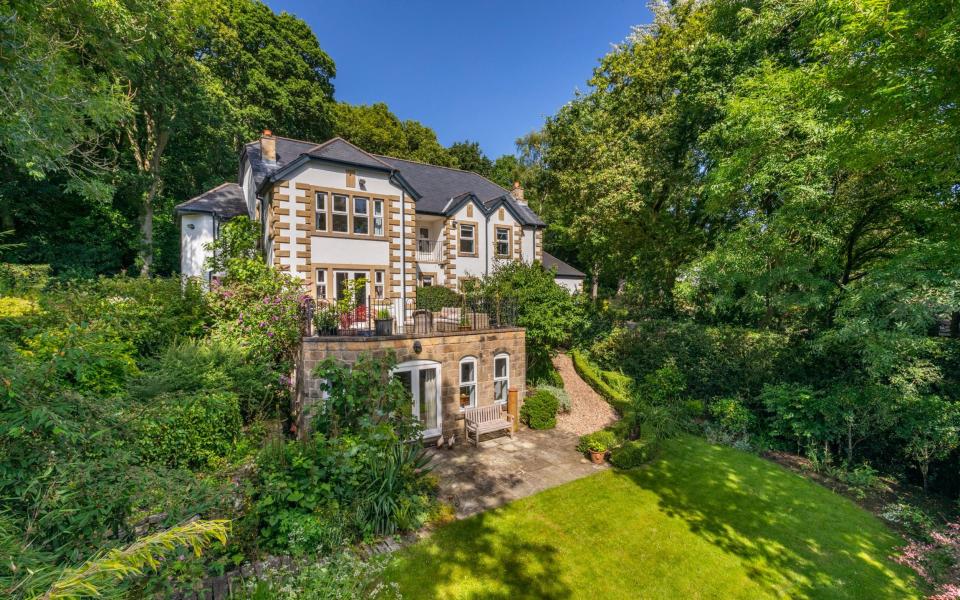
A chronic shortage of homes for sale drove desperate buyers to a summer of gazumping and competitive bidding. But now there are early signs the crunch is easing.
The end of the stamp duty holiday frenzy, which had deterred downsizers, combined with the temptation of record high prices and the traditional boost of an autumn selling season, means sellers have slowly started coming back to market.
In June, the ratio of agreed sales to available property – the clearest measure of demand to supply – was 58.7, according to the Royal Institution of Chartered Surveyors, a trade body. This was the highest on record since July 2002.
Now, although still exceptionally high, this ratio is on a downward trajectory. After two consecutive months of decline, by August, it had fallen 7.9 percentage points to 50.8.
Between July and August, the ratio fell in every single region in the country, apart from Wales and the North East. Both of these areas have comparatively cheap properties, which suggests that across the rest of England, record high prices have started to cap affordability and demand.
But the shift has also been because high prices have slowly tempted more homeowners to sell up.
In the top 10 locations that recorded the biggest jumps in sellers between August and September, new listings rocketed by more than 140pc, according to property website Rightmove.
In Ilkley in Yorkshire, listings jumped from 15 to 46 in September, approaching the September 2020 level of 52.
Lester Hurst, of Hunters estate agents in Ilkley, said prices had jumped 25pc since the pandemic began. Rightmove data shows that the average asking price was £491,707.
“The properties that I am going to value now, people can’t believe the prices that we’re suggesting they will get,” said Mr Hurst. “We had a semi-detached house that was bought 12 months ago for £475,000. It’s now going for £575,000.”
Developers have been on the hunt for detached houses that they can demolish and turn into apartments, he added.
“We have a property going through now, a doer-upper being sold by an older gentleman. The asking price was £375,000 and it has ended up going for £425,000,” said Mr Hurst.
Sellers were either landlords who are taking the opportunity to cash in, or downsizers whose children have moved out, said Mr Hurst. “They’re exiting the market at the best time in 20 years.”
But supply has still lagged far behind demand. “We have 20 buyers for every house coming on. Stock is still down 30pc on the pre-Covid level,” said Mr Hurst. “A lot of sellers are waiting for the right house to come on for them to buy before they list their homes.”
Prime central London, by contrast, was a market that was largely depressed by the pandemic, given the normally steady stream of foreign buyers disappeared almost overnight. Now, the easing of travel restrictions means the internationals are back.
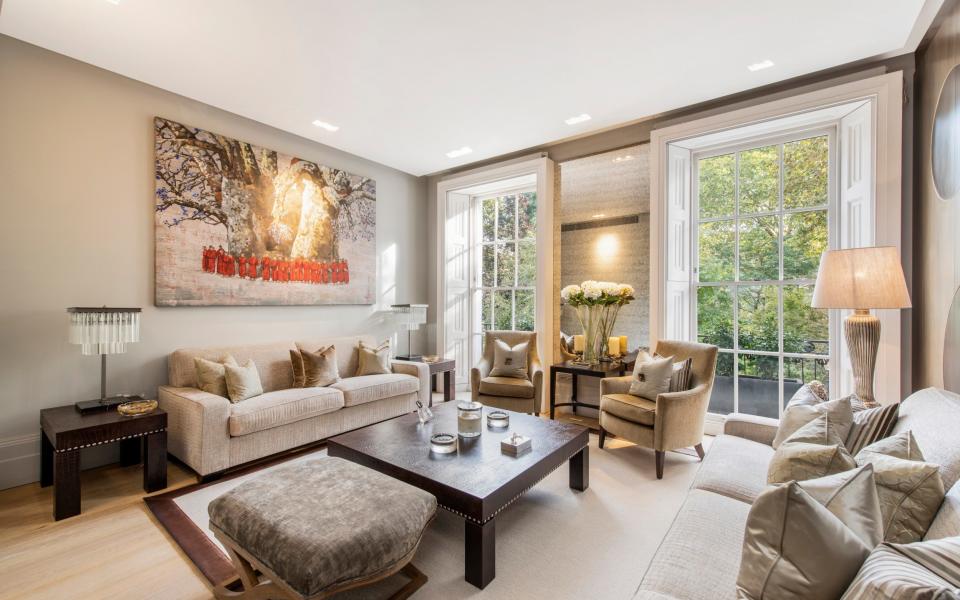
In Knightsbridge, where the average asking price was £3.8m, the number of new listings jumped from 12 to 34 between August and September.
Thea Carroll, an independent London buying agent, said: “Knightsbridge sellers had been still. Lots of people had taken property off market because there weren’t many buyers and they didn’t want the property to sit there and look stale.”
One unusual Knightsbridge seller who had listed a flat during the low of the pandemic in February received an offer from a developer for £1.6m. “Since then, over the summer, there was a tussle over the property at the £2m mark,” said Ms Carroll.
Vendors have now started to court the returning internationals one again. Chinese buyers returned with the start of the university term in September, while Middle-Eastern buyers have been coming back since travel restrictions lifted for several of the Gulf states in August.
Stuart Bailey, of Knight Frank estate agents’ Knightsbridge office, said: “It is easier to travel now, but it’s also because London’s turned up the hospitality offering. These buyers want to come and enjoy luxury London, buying a property is just slotted into all of that.”
“We are starting to see some landlords consider selling rather than holding, as they see prices getting better,” said Mr Bailey.
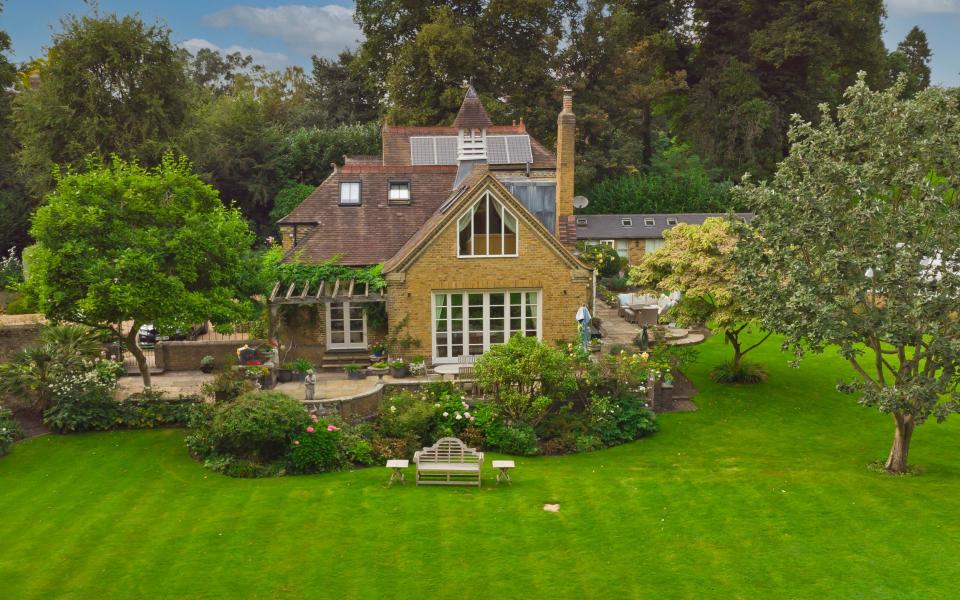
The fringes of London and the commuter belt are home to five of the 10 areas which had seen the biggest increase in supply – many of which are downsizers returning to the sales market.
The number of listings in the Surrey town of Esher, where the average asking price was £1.05m, jumped from 23 in August to 58 in September.
Karl Matier, of Savills estate agents’ Esher office, said: “We are getting further away from the lockdowns, closer to normality, more people are willing to think about selling,” said Mr Matier. Valuation requests, a key lead indicator for future listings, have also jumped 10pc, he added. But supply was still down by a third on the pre-pandemic level.
“The biggest constraint is that sellers haven’t seen anything to buy. But the more stock that trickles through, the more people will sell,” said Mr Matier.
While the stamp duty holiday fired up the market and created a frenzy to move before the deadline, the rush also deterred many sellers from listing.
“The upside was that they could get a good price on their sale, the downside was that they were likely to have to bid competitively with other people to buy somewhere,” said Mr Matier. At the higher end of the market, where stamp duty savings paled in relation to house price, there was more incentive to wait. “Now, a bit of froth has come out of the market,” said Mr Matier.
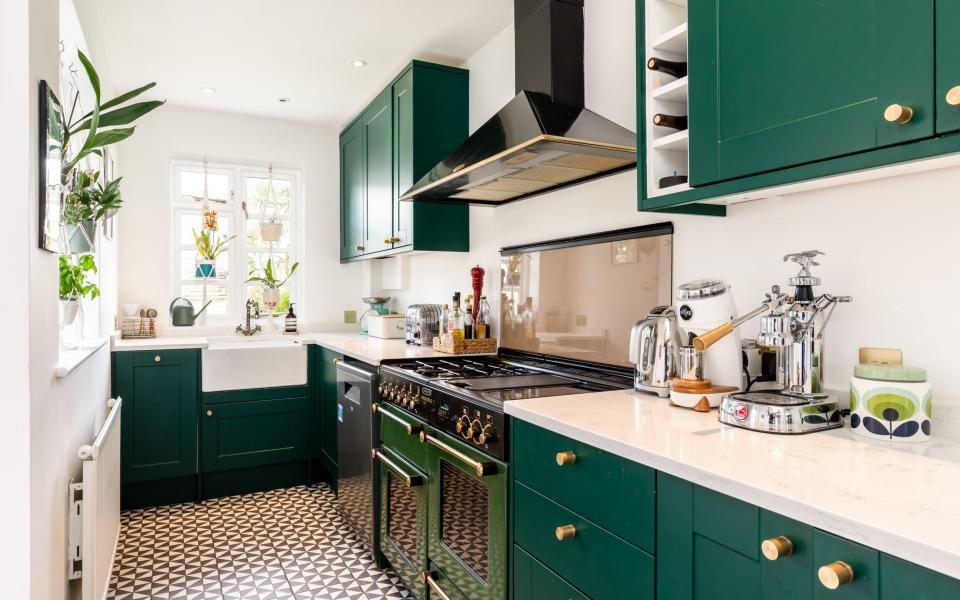
Similarly, in both Barnes and East Sheen, in south west London, Rightmove data showed the number of new listings nearly tripled between August and September.
Graham Price, of Hamptons estate agents’ East Sheen and Barnes office, said the share of sellers who were relocating out of the area had risen from half to two thirds over the course of the pandemic.
Their outward moves are dependent on supply primarily down the A3 corridor to the likes of Guildford, Farnham and Chichester – markets that benefited from the highest stamp duty holiday savings to house price ratio.
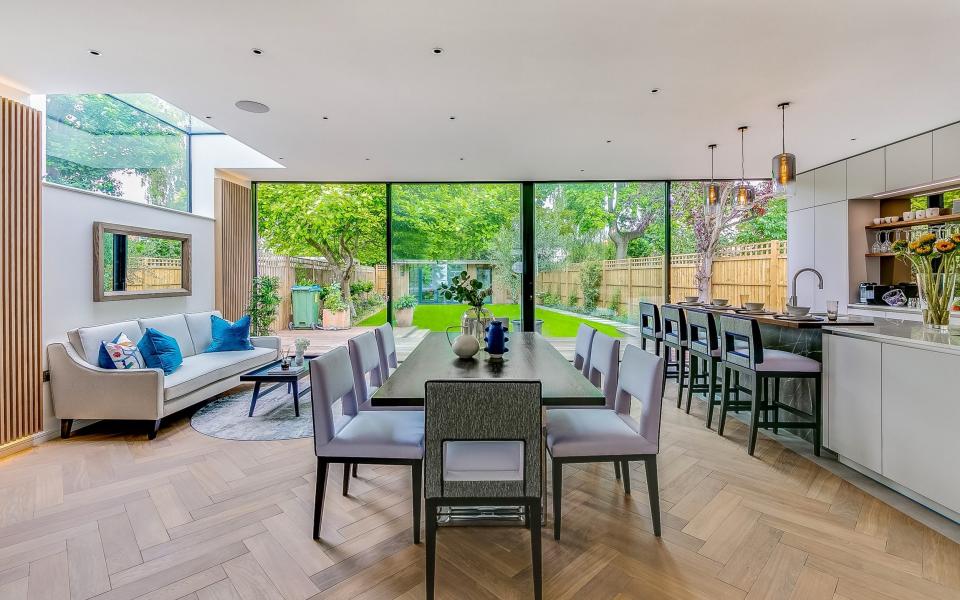
Other new supply hotspots are in the North. In Failsworth, a town in Greater Manchester where the average asking price was £207,202, new listings jumped from 12 to 41, roughly on par with the September 2020 level.
Alwoodley in Leeds and Mossley Hill in Liverpool recorded respective jumps in new listings of 150pc and 191pc. But in both locations the figures were still roughly half that of September 2020.
In the wake of the stamp duty holiday, buyer demand has been underpinned by record low mortgage rates. “As long as money is as cheap as it is, that underpins everything,” said Mr Hurst. “If they start fiddling with interest rates there will be a problem.”
Higher than expected inflation, which climbed sharply to 4pc over the summer, well in excess of the Bank of England’s target rate of 2pc, means the Bank is under growing pressure to raise the Bank Rate. A rise is likely in 2022, which in turn could dampen buyer demand.

 Yahoo Finance
Yahoo Finance 